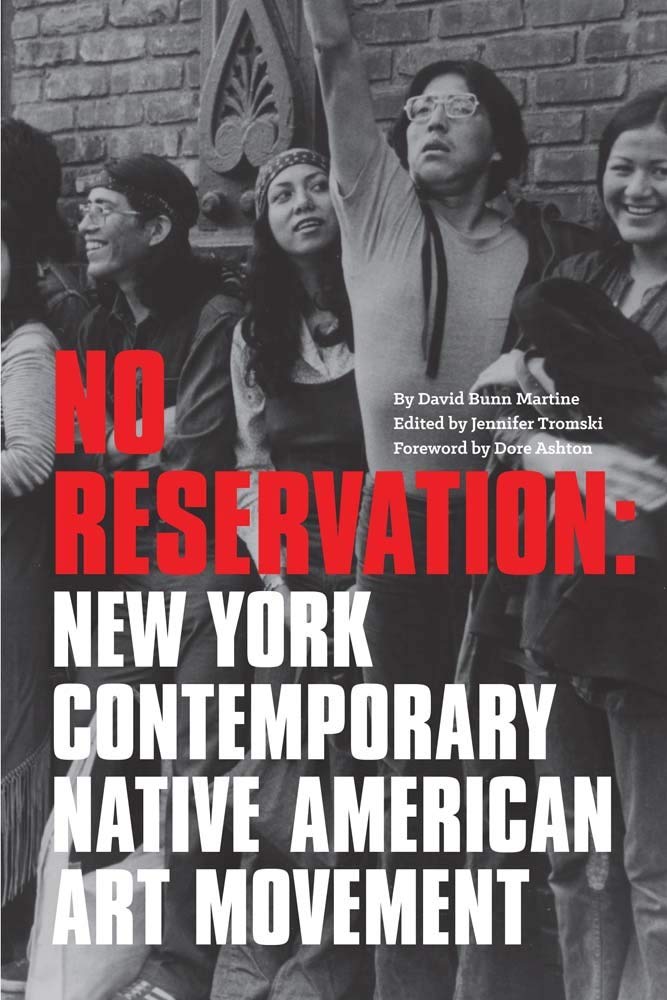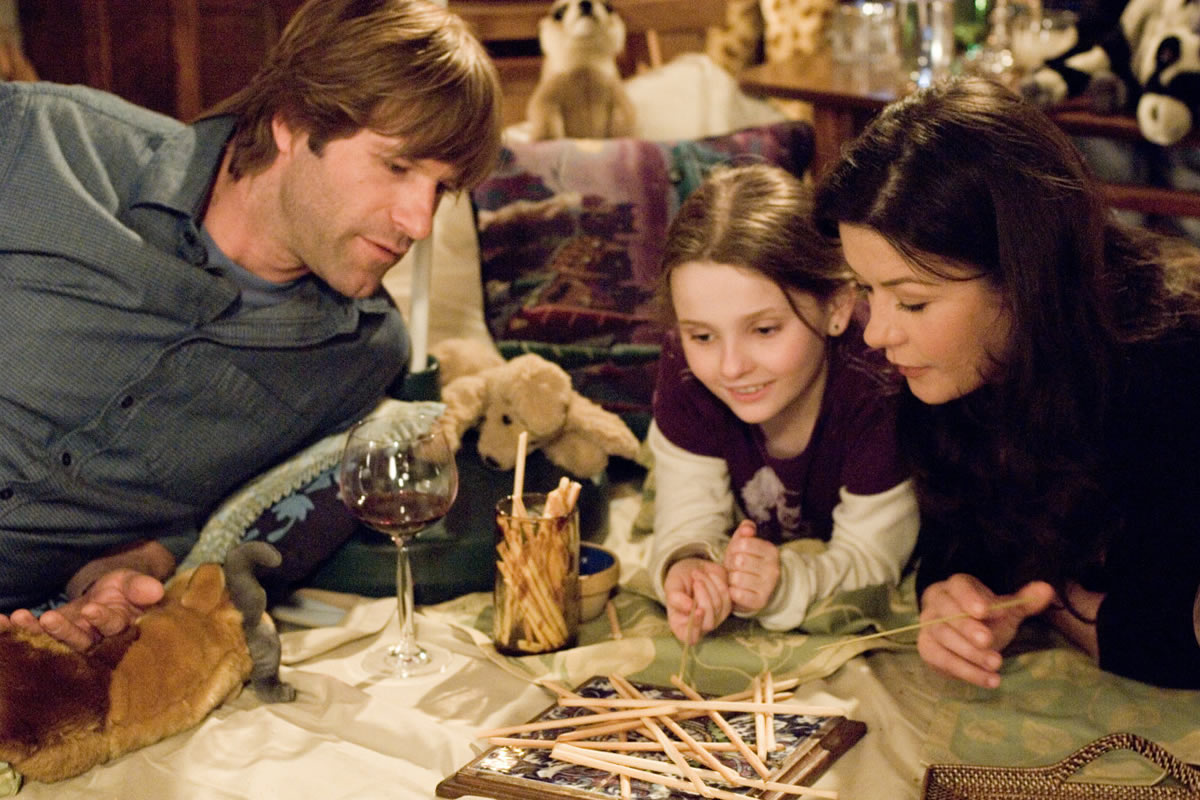No Reservations: Unpacking the Myth of Indian Reservations in New York
No Reservations: Unpacking the Myth of Indian Reservations in New York

The image of a vast, sprawling reservation, filled with teepees and buffalo roaming free, might come to mind when you think of Native American lands. But what about New York? Does the Empire State have its own version of this iconic American landscape?
The answer, unfortunately, is a resounding no. While New York boasts a rich history of Native American presence, it doesn’t have any reservations in the traditional sense. This might leave you scratching your head, especially if you’ve heard stories about Native American communities in the state. So, what’s the deal?
Related Articles: No Reservations: Unpacking the Myth of Indian Reservations in New York
- Spice Up Your NYC Trip: The Best Indian Restaurants For Tourists
- Unveiling the Tapestry of Native American Tribes in Texas: Discoveries and Insights
- Uncover the Enduring Legacy: Discover the Number of Indian Reservations Left in the US
- Unveil Arizona's Native American Heritage: Discoveries and Insights Await!
- No Reservations: Why Illinois Doesn’t Have Any Native American Reservations
A Bit of History: From Iroquois Confederacy to Dispossession
Before European colonization, New York was home to a diverse array of Native American tribes, including the powerful Iroquois Confederacy. This confederacy, comprised of six nations – the Mohawk, Oneida, Onondaga, Cayuga, Seneca, and Tuscarora – held sway over a vast territory that stretched from the Great Lakes to the Atlantic Ocean.
The arrival of Europeans, however, marked a dramatic shift in the landscape. The Dutch, followed by the English, began encroaching on Native lands, pushing out indigenous populations and displacing them from their ancestral homelands.
The Impact of Treaties and Land Cessions
The story of Native American land in New York is intertwined with a complex web of treaties and land cessions. While some treaties were negotiated peacefully, others were forced upon Native tribes under duress. These agreements often resulted in the loss of vast tracts of land, leaving Native Americans confined to smaller and smaller territories.
The Rise of Reservations: A Nation-Wide Concept
The concept of reservations, as we know them today, emerged primarily in the 19th century. The US government, in an effort to control and manage Native populations, began establishing reservations across the country. These reservations were often located in remote, undesirable areas, far from traditional tribal lands.
The Absence of Reservations in New York: A Different Story

New York, however, took a different approach. The state didn’t establish traditional reservations in the same way as other states. Instead, the focus shifted towards the creation of "Indian Nations". These nations, while still recognized by the state, were granted a limited degree of self-governance. They were allowed to manage their own affairs, but without the same level of autonomy as reservations in other parts of the country.
The Legacy of Land Loss and Displacement
The impact of these historical events continues to reverberate today. Native American communities in New York, like many others across the country, have faced significant challenges due to land loss and displacement. They’ve struggled to maintain their cultural traditions and languages in the face of assimilation pressures.
The Role of Recognition and Self-Determination
Despite the lack of traditional reservations, New York recognizes 10 federally recognized tribes within its borders:

- The Oneida Indian Nation of New York
- The Onondaga Nation
- The Cayuga Nation
- The Seneca Nation of Indians
- The Tuscarora Nation
- The St. Regis Mohawk Tribe
- The Shinnecock Indian Nation
- The Poospatuck Nation
- The Ramapough Lenape Nation
- The Brothertown Indian Nation

These tribes, while facing unique challenges, are actively working towards self-determination and preserving their cultural heritage.
Beyond the Reservation: Understanding the Nuances
It’s crucial to understand that the absence of reservations in New York doesn’t mean there are no Native American communities or lands in the state. Instead, it highlights the complex and often misunderstood history of Native American land ownership and sovereignty in New York.
The Importance of Acknowledging the Past
Recognizing the historical injustices faced by Native Americans in New York is essential. Understanding the context of land loss, displacement, and the challenges faced by Native communities helps us appreciate the resilience and cultural richness of Native American heritage in the state.
Moving Forward: A Call for Respect and Understanding
As we move forward, it’s imperative to approach the topic of Native American land and sovereignty with sensitivity and respect. Let’s work towards a future where Native American voices are heard, their rights are recognized, and their cultural heritage is celebrated.
FAQ: Addressing Common Questions
Q: Are there any Native American communities in New York?
A: Yes, New York is home to 10 federally recognized tribes, each with its own unique history and culture.
Q: Where are these Native American communities located in New York?
A: The locations of these communities vary, ranging from upstate New York to Long Island.
Q: What is the difference between a reservation and an Indian Nation?
A: A reservation is a federally recognized tract of land set aside for Native American tribes. An Indian Nation, in the context of New York, is a state-recognized entity with a limited degree of self-governance.
Q: Do Native American communities in New York face any challenges?
A: Yes, Native American communities in New York, like many others across the country, have faced historical and ongoing challenges related to land loss, displacement, and cultural preservation.
Q: How can I learn more about Native American history and culture in New York?
A: There are many resources available to learn more about Native American history and culture in New York, including museums, historical societies, and tribal websites. You can also support Native American communities by visiting their cultural centers, attending powwows, and purchasing art and crafts from Native artists.
Let’s Break Down Stereotypes and Embrace Understanding
It’s time to move beyond the stereotypical image of reservations and embrace a more nuanced understanding of Native American presence and history in New York. By recognizing the complexities of their past and present, we can foster a more inclusive and respectful future for all.

Closure
Thus, we hope this article has provided valuable insights into No Reservations: Unpacking the Myth of Indian Reservations in New York. We thank you for taking the time to read this article. See you in our next article!